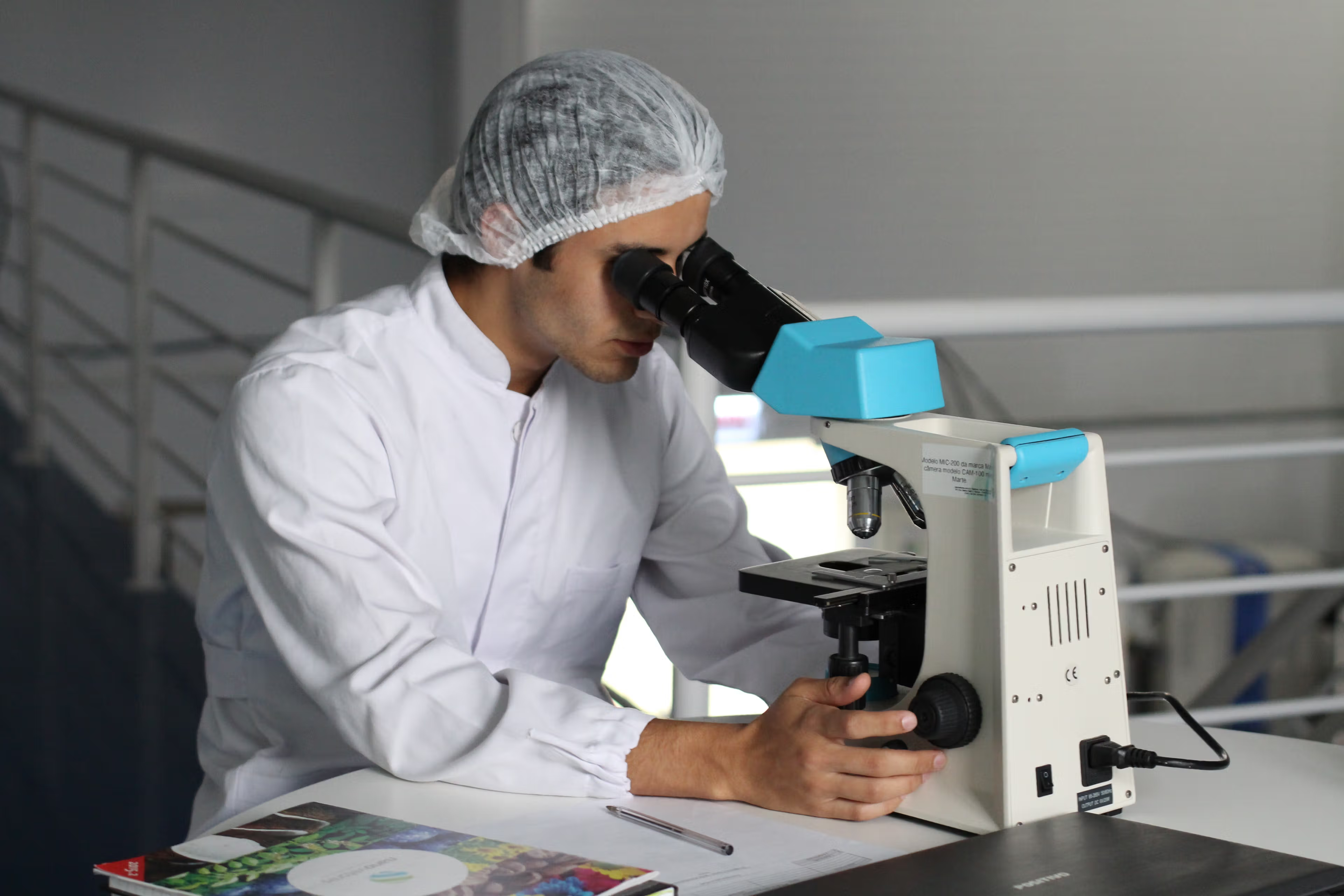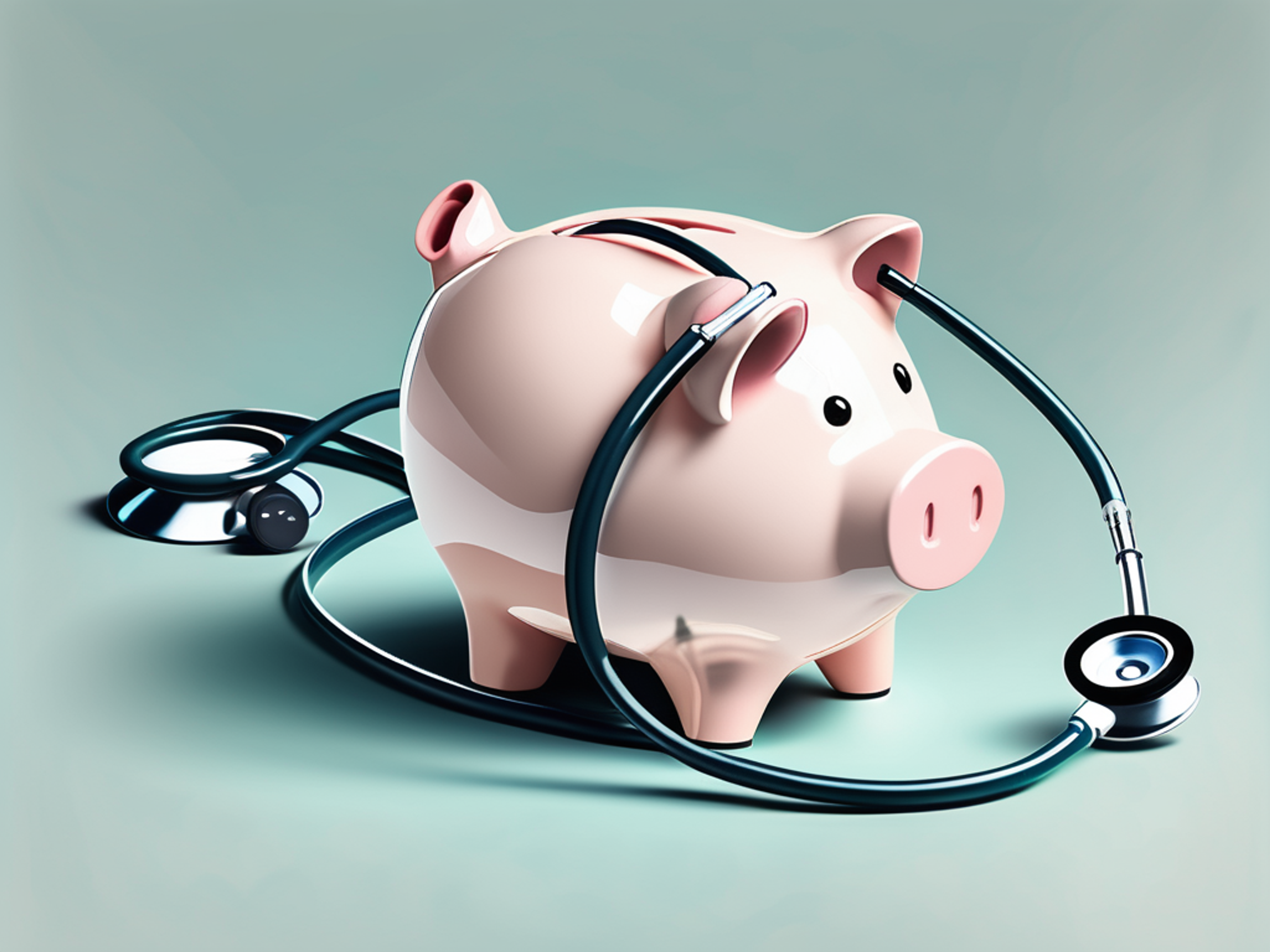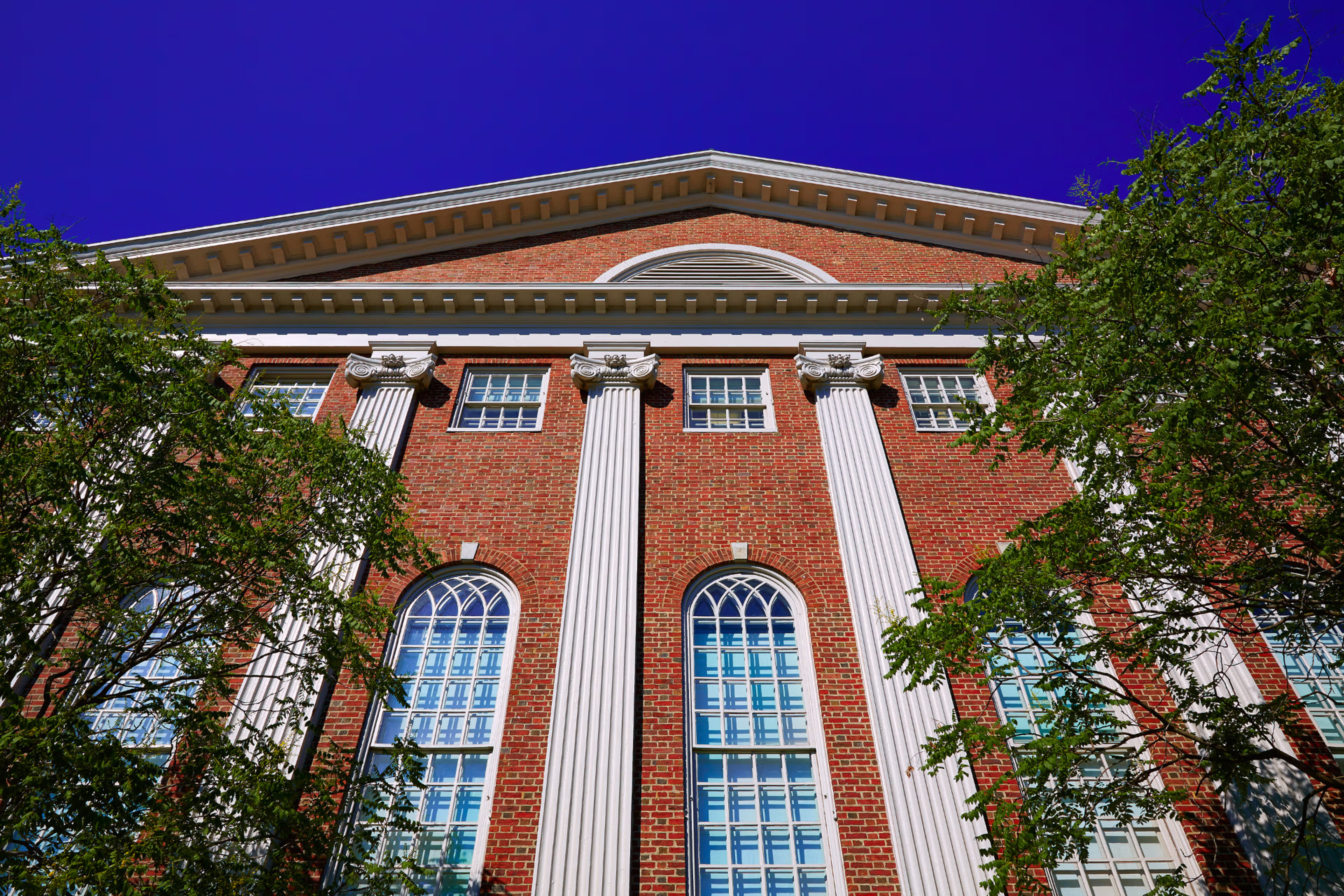How Many Pharmacy Schools Are There in the US? Exploring Educational Options
Discover the various educational options available in the US for pharmacy students.
Posted March 6, 2025

Table of Contents
Pharmacy is a vital part of healthcare, and pharmacists are responsible for dispensing medications, providing medication counseling, and monitoring drug therapies. Pharmacy education in the United States has a long history, and over the years, it has evolved to meet the changing demands of the healthcare industry. If you're considering becoming a pharmacist, you might be wondering how many pharmacy schools are there in the US and what educational options are available to you. In this article, we'll explore the history of pharmacy education, factors to consider when choosing a pharmacy school, a comprehensive list of all pharmacy schools in the US categorized by region, the average cost of attendance, financial aid and internship opportunities, career prospects after graduation, and more. Let's dive in!
The history and evolution of pharmacy education in the United States
The first pharmacy school in the United States was founded in 1821 at the Philadelphia College of Pharmacy and Science. In the early years, pharmacy education was primarily focused on practical skills, such as compounding and dispensing medications. However, over time, the curriculum expanded to include scientific and medical knowledge, leading to the Doctor of Pharmacy (PharmD) degree, which is currently the minimum educational requirement for pharmacists in the United States. The American Council on Pharmaceutical Education (ACPE) is the accrediting agency for pharmacy schools in the United States.
As pharmacy education evolved, so did the role of pharmacists in healthcare. Pharmacists are now recognized as an integral part of the healthcare team, working closely with physicians and other healthcare professionals to ensure the safe and effective use of medications. In addition to dispensing medications, pharmacists also provide medication therapy management, immunizations, and patient education.
Pharmacy education continues to evolve to meet the changing needs of the healthcare system. Many pharmacy schools now offer specialized tracks, such as pharmacogenomics or geriatrics, to prepare students for specific areas of practice. Additionally, there is a growing emphasis on interprofessional education, where students from different healthcare professions learn and work together to provide patient-centered care.
Factors to consider when choosing a pharmacy school
When choosing a pharmacy school, there are several factors to consider, including the school's ranking, location, curriculum, tuition, and financial aid options. It's essential to research each school thoroughly and consider your personal preferences and goals. Some schools offer specialized tracks, such as community pharmacy, ambulatory care, or hospital pharmacy, which may align better with your career aspirations. Additionally, consider factors such as class size, faculty-to-student ratio, student organizations, resources, and campus culture.
Accreditation standards for pharmacy schools in the US
The ACPE sets the standards for accreditation of pharmacy schools in the United States. To be accredited, a school must meet specific criteria, such as having a rigorous curriculum, qualified faculty, and adequate resources. Accreditation ensures that graduates are competent and meet the standards required to practice pharmacy.
A comprehensive list of all pharmacy schools in the US, categorized by region
There are currently over 140 accredited pharmacy schools in the United States, categorized by region as follows:
West Region:
- University of Southern California School of Pharmacy
- Oregon State University College of Pharmacy
- University of Washington School of Pharmacy
- University of California, San Francisco School of Pharmacy
Southwest Region:
- University of Arizona College of Pharmacy
- University of New Mexico College of Pharmacy
- The University of Texas at Austin College of Pharmacy
- University of Colorado Skaggs School of Pharmacy and Pharmaceutical Sciences
Midwest Region:
- University of Illinois at Chicago College of Pharmacy
- Purdue University College of Pharmacy
- University of Minnesota College of Pharmacy
- University of Wisconsin-Madison School of Pharmacy
Northeast Region:
- University of Connecticut School of Pharmacy
- University of Rhode Island College of Pharmacy
- University of Buffalo School of Pharmacy and Pharmaceutical Sciences
- Northeastern University School of Pharmacy
Southeast Region:
- University of Florida College of Pharmacy
- Auburn University Harrison School of Pharmacy
- University of Kentucky College of Pharmacy
- University of Georgia College of Pharmacy
Comparison of public vs private pharmacy schools in the US
Public and private pharmacy schools both offer high-quality education, but there are some differences to consider. Public schools tend to have lower tuition costs and often have a more significant emphasis on research opportunities. Private schools may offer more resources, personalized attention, and greater access to specialized tracks and programs. However, private schools may come with a higher tuition cost and may offer limited financial aid options.
The most prestigious pharmacy schools in the US and their admission requirements
Some of the most prestigious pharmacy schools in the United States include the University of California, San Francisco School of Pharmacy, the University of North Carolina at Chapel Hill Eshelman School of Pharmacy, and the University of Michigan College of Pharmacy. Admission requirements vary by school but typically include a strong academic record, letters of recommendation, and a personal statement. Some schools may require an interview and standardized test scores, such as the Pharmacy College Admission Test (PCAT).
Online pharmacy degree programs: Pros and Cons
Online pharmacy degree programs offer flexibility and convenience for students who may not be able to attend traditional, in-person classes. However, online programs may come with some drawbacks, such as limited interaction with teachers and classmates, limited access to hands-on experience, and a potentially less rigorous curriculum. It's essential to carefully research any online program you're considering and ensure it is accredited by the ACPE.
Average cost of attendance for pharmacy schools in the US, and financial aid options available.
The average cost of attendance for pharmacy schools in the United States varies widely by school, location, and whether you're an in-state or out-of-state student. According to the American Association of Colleges of Pharmacy (AACP), the average tuition and fees for the 2020-2021 academic year for PharmD programs was $41,923 for in-state students and $52,793 for out-of-state students. Financial aid options vary by school, but many offer scholarships, grants, loans, or work-study programs. It's essential to research all available options to determine which ones are the best fit for you.
Internship and residency opportunities for graduates of pharmacy schools in the US
Pharmacy students have the opportunity to gain hands-on experience through internships and residency programs. Internships provide students with practical experience and a chance to make professional connections within the industry. Residency programs allow pharmacists to gain advanced training and specialize in areas such as critical care, oncology, or infectious diseases. Completing a residency program is not required to practice as a pharmacist, but it can provide a competitive advantage in the job market and lead to higher salaries.
Career prospects for graduates of pharmacy schools in the US
Pharmacy graduates have several career options available to them, including community pharmacy, hospital pharmacy, industry pharmacy, and government pharmacy. According to the AACP, the median annual salary for pharmacists in the United States was $128,090 in 2020. The demand for pharmacists is expected to grow by 7% from 2020-2030, which is faster than the average for all occupations. Graduates of pharmacy schools in the United States are well-positioned for a rewarding career in healthcare.
How to prepare for your pharmacy school application and succeed in getting accepted
Preparing for pharmacy school applications can be challenging, but there are several steps you can take to increase your chances of success. These include maintaining a strong academic record, gaining practical experience through internships or volunteering, cultivating strong relationships with professors and mentors, and preparing a compelling personal statement. Studying for standardized tests such as the PCAT and attending pharmacy school fairs can also help you prepare and stand out in the admissions process.
The role of pharmacists in healthcare today and how it is evolving
The role of pharmacists in healthcare is evolving, and pharmacists are taking on more significant responsibilities, such as prescribing medications, providing medication counseling, and monitoring drug therapies. Additionally, pharmacists are collaborating with other healthcare providers to improve patient outcomes. As the healthcare landscape continues to change, pharmacists will remain a vital part of the industry and play an essential role in promoting public health.
Interview with a successful pharmacist - insights into their journey through pharmacy school and career after graduation
[Note: Use this subheading to add an interview with a successful pharmacist, sharing their experience and insights into pharmacy school and their career after graduation. This interview will offer readers a unique perspective and provide them with valuable insights and advice as they navigate their own paths through pharmacy school and their careers.]
Key skills required to succeed as a pharmacist, and how to develop them during college years
Pharmacists must have a range of skills to succeed in their careers, including attention to detail, strong communication skills, empathy, and critical thinking. These skills can be developed during college through internships, volunteer work, and extracurricular activities. Additionally, coursework in subjects such as pharmacology, pharmacotherapy, and pathophysiology can help prepare students for success as pharmacists.
Conclusion
Pharmacy schools in the United States offer a range of educational options for students seeking careers in pharmacy. From traditional in-person programs to online options, students have numerous choices to consider. When selecting a pharmacy school, factors such as accreditation, location, curriculum, tuition, and financial aid options should be thoroughly researched. Graduates of pharmacy schools have excellent career prospects and can expect to make a significant impact in the healthcare industry.











